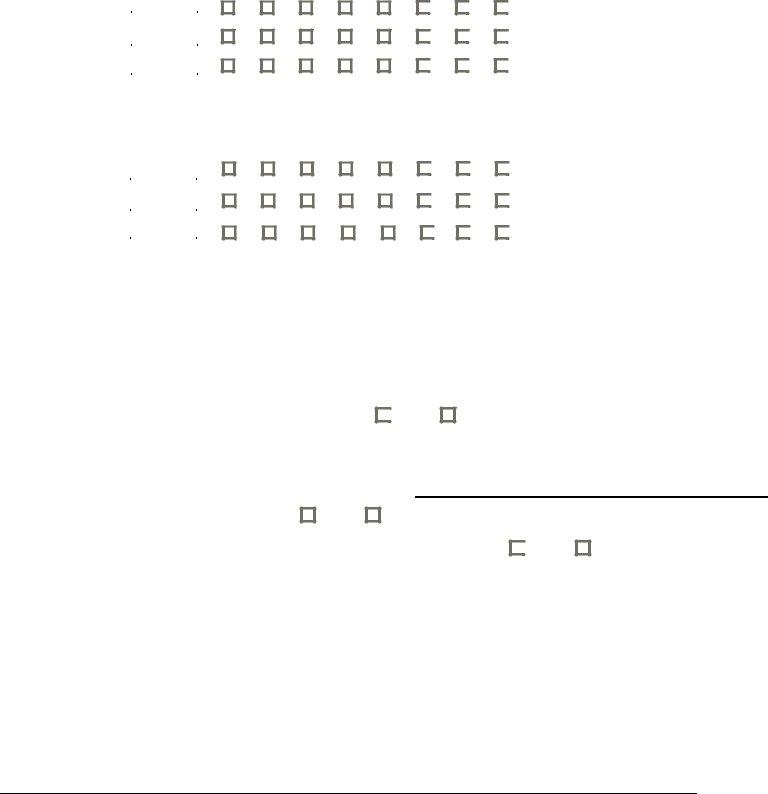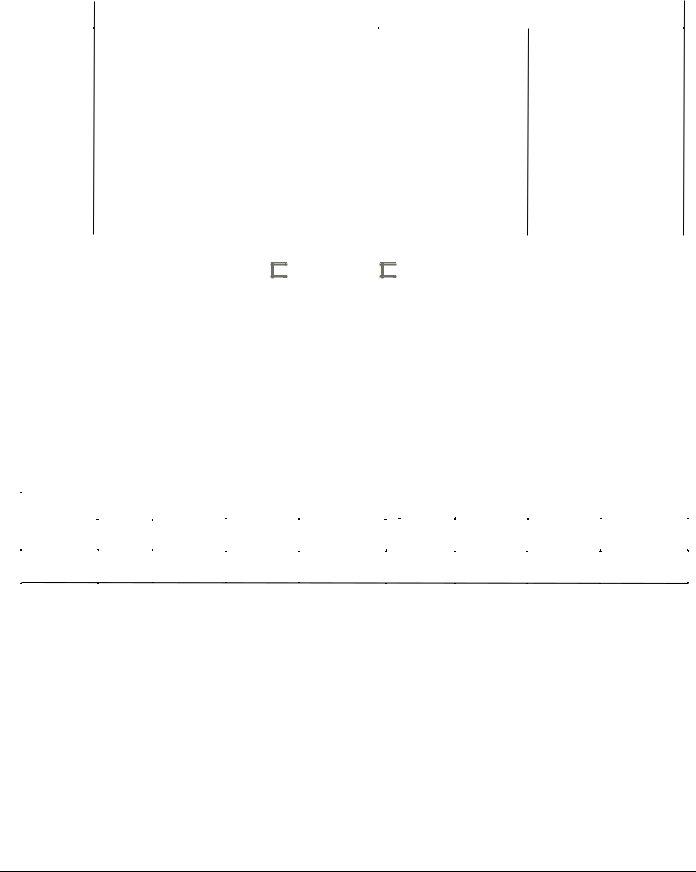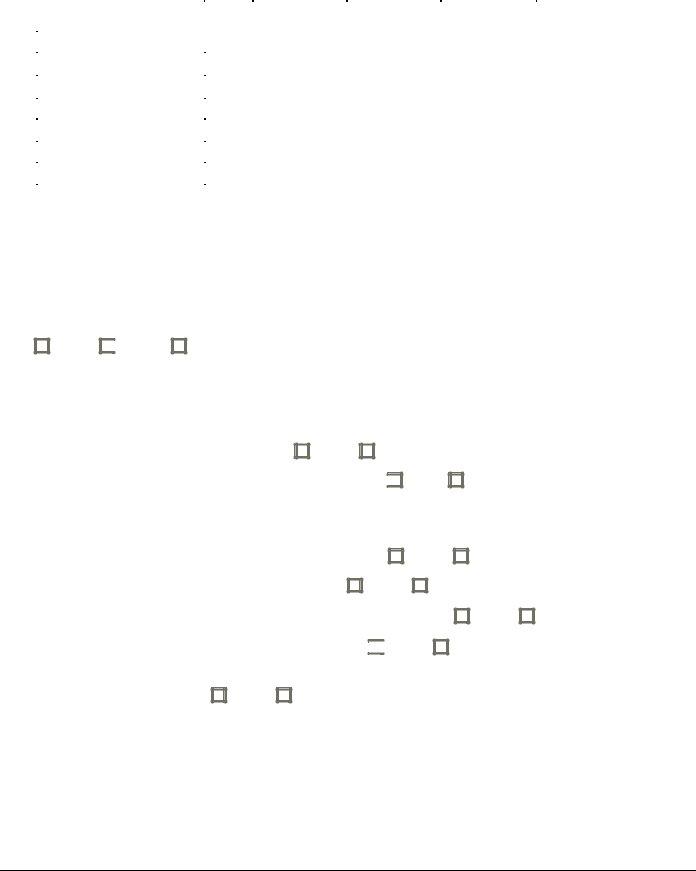Understanding the intricacies of the Form HA-1151 can be a significant step for individuals navigating through the complexities of work-related abilities in the context of physical conditions. Administered by the Social Security Administration's Office of Disability Adjudication and Review, this form serves as a comprehensive medical source statement, evaluating an individual's capacity to perform work-related physical activities on a regular and continuous basis. The assessment covers a wide spectrum of physical actions, including lifting, carrying, sitting, standing, walking, and the use of hands and feet, alongside postural activities like climbing, balancing, and stooping. Additionally, it delves into sensory impairments that might affect vision and hearing, and environmental limitations that could impact an individual’s work capability, such as exposure to extreme conditions or hazardous materials. Each section seeks detailed medical or clinical findings to substantiate the assessed limitations, underscoring the form's role in linking medical evidence with functional capacity in a work context. By dissecting this form, individuals gain insights into how their physical abilities or impairments are evaluated in light of potential employment, highlighting the critical bridge between health conditions and the practical aspects of engaging in work.
| Question | Answer |
|---|---|
| Form Name | Ha 1151 Form |
| Form Length | 7 pages |
| Fillable? | No |
| Fillable fields | 0 |
| Avg. time to fill out | 1 min 45 sec |
| Other names | form ability physical, ha 1152 medical source statement of ability to do work related activities mental, medical source statement, ha1151 |

SOCIAL SECURITY ADMINISTRATION |
Form Approved |
OFFICE OF DISABILITY ADJUDICATION AND REVIEW |
OMB No. |
MEDICAL SOURCE STATEMENT OF
ABILITY TO DO
NAME OF INDIVIDUAL |
SOCIAL SECURITY NUMBER |
|
|
|
- - |
To determine this individual's ability to do
The following terms are defined as:
.REGULAR AND CONTINUOUS BASIS means 8 hours a day, for 5 days a week, or an equivalent work schedule.
.OCCASIONALLY means very little to
.FREQUENTLY means from
.CONTINUOUSLY means more than
Age and body habitus of the individual should not be considered in the assessment of limitations. It is important that you relate particular medical or clinical findings to any assessed limitations in capacity: The usefulness of your assessment depends on the extent to which you do this.
I.LIFTING/CARRYING
Check the boxes representing the amount the individual can lift and how often it can be lifted.
Lift |
Never Occasionally |
Frequently |
Continuously |
|
(up to 1/3) |
(1/3 to 2/3) |
(over 2/3) |
|
|
|
|
A. Up to 10 lbs: |
|
|
|
|
|
|
|
B. 11 to 20 lbs: |
|
|
|
|
|
|
|
C. 21 to 50 lbs: |
|
|
|
|
|
|
|
D. 51 to 100 lbs: |
|
|
|
|
|
|
|
Check the boxes representing the amount the individual can carry and how often it can be carried.
Carry |
Never |
Occasionally |
Frequently |
Continuously |
|
|
(up to 1/3) |
(1/3 to 2/3) |
(over 2/3) |
|
|
|
|
|
A. Up to 10 lbs: |
|
|
|
|
|
|
|
|
|
B. 11 to 20 lbs: |
|
|
|
|
|
|
|
|
|
C. 21 to 50 lbs: |
|
|
|
|
|
|
|
|
|
D. 51 to 100 lbs: |
|
|
|
|
|
|
|
|
|
Identify the particular medical or clinical findings (i.e., physical exam findings,
Form
Page 1 of 7

II. SITTING/STANDING/WALKING
Please check how many hours the individual can (if less than one hour, how many minutes):
|
|
|
|
At One Time without Interruption |
|
||||||||||||||||||||
|
|
Minutes |
|
|
|
|
|
|
Hours |
|
|
|
|
|
|
||||||||||
A. Sit |
|
|
|
|
|
|
|
|
|
|
|
|
|
|
|
|
|
|
|
|
|
|
|||
|
1 |
2 |
|
|
3 |
|
|
4 |
|
|
|
5 |
|||||||||||||
B. Stand |
|
1 |
2 |
|
|
3 |
|
|
4 |
|
|
|
5 |
||||||||||||
C. Walk |
|
|
|
|
|
|
|
|
|
|
|
|
|
|
|
|
|
|
|
|
|
|
|||
1 |
2 |
|
|
3 |
|
|
4 |
|
|
|
5 |
||||||||||||||
|
|
|
|
Total in an 8 hour work day |
|
||||||||||||||||||||
|
|
Minutes |
|
Hours |
|
|
|
|
|
|
|
|
|
|
|
||||||||||
|
|
|
|
|
|
|
|
|
|
|
|
|
|
|
|
|
|
|
|
|
|
|
|||
A. Sit |
|
1 |
2 |
|
|
3 |
|
|
4 |
|
|
|
5 |
||||||||||||
|
|
|
|
|
|
|
|
|
|
|
|
|
|
|
|
|
|
|
|
|
|
|
|
|
|
|
|
|
|
|
|
|
|
|
|
|
|
|
|
|
|
|
|
|
|
|
|
|
|
|
|
|
|
|
|
|
|
|
|
|
|
|
|
|
|
|
|
|
|
|
|
|
|
||||
B. Stand |
|
1 |
2 |
|
|
3 |
|
|
4 |
|
|
|
5 |
||||||||||||
|
|
|
|
|
|
|
|
|
|
|
|
|
|
|
|
|
|
|
|
|
|
|
|
||
|
|
|
|
|
|
|
|
|
|
|
|
|
|
|
|
|
|
|
|
||||||
C. Walk |
|
|
1 |
2 |
|
|
3 |
|
|
4 |
|
|
|
5 |
|||||||||||
6
6
6
6
6
6
7
7
7
7
7
7
8
8
8
8
8
8
If the total time for sitting, standing and walking does not equal or exceed 8 hours, what activity is the individual performing for the rest of the 8 hours?
Does the individual require the use of a cane to ambulate?
If the answer is "yes" please answer the following:
Yes
No
.
.
.
How far can the individual ambulate without the use of a cane?
Is the use of a cane medically necessary? |
Yes |
No |
|
|
With a cane, can the individual use his/her free hand to carry small objects?
Yes
No
Identify the particular medical or clinical findings (i.e., physical exam findings,
Form
Page 2 of 7

III.USE OF HANDS
Indicate how often the individual can perform the following activites:
ACTIVITY |
Right Hand |
|
|
|
Left Hand |
|
|
|||
|
|
|
|
|
|
|
|
|
|
|
|
Never |
Occasionally |
Frequently |
Continuously |
|
Never |
Occasionally |
Frequently |
Continuously |
|
|
|
(up to 1/3) |
(1/3 to 2/3) |
(over 2/3) |
|
|
(up to 1/3) |
(1/3 to 2/3) |
(over 2/3) |
|
|
|
|
|
|
|
|
|
|
|
|
REACHING |
|
|
|
|
|
|
|
|
|
|
(Overhead) |
|
|
|
|
|
|
|
|
|
|
|
|
|
|
|
|
|
|
|
|
|
REACHING |
|
|
|
|
|
|
|
|
|
|
(All Other) |
|
|
|
|
|
|
|
|
|
|
|
|
|
|
|
|
|
|
|
|
|
HANDLING |
|
|
|
|
|
|
|
|
|
|
|
|
|
|
|
|
|
|
|
|
|
FINGERING |
|
|
|
|
|
|
|
|
|
|
|
|
|
|
|
|
|
|
|
|
|
FEELING |
|
|
|
|
|
|
|
|
|
|
|
|
|
|
|
|
|
|
|
|
|
PUSH/PULL |
|
|
|
|
|
|
|
|
|
|
|
|
|
|
|
|
|
|
|
|
|
Which is the individual's dominant hand?
Right Hand
Left Hand
Identify the particular medical or clinical findings (i.e., physical exam findings,
IV. USE OF FEET
Indicate how often the individual can perform the following activities:
ACTIVITY |
|
Right Foot |
|
|
|
Left Foot |
|
||
|
|
|
|
|
|
|
|
|
|
|
Never |
Occasionally |
Frequently |
Continuously |
|
Never |
Occasionally |
Frequently |
Continuously |
|
|
(up to 1/3) |
(1/3 to 2/3) |
(over 2/3) |
|
|
(up to 1/3) |
(1/3 to 2/3) |
(over 2/3) |
|
|
|
|
|
|
|
|
|
|
Operation of |
|
|
|
|
|
|
|
|
|
Foot Controls |
|
|
|
|
|
|
|
|
|
|
|
|
|
|
|
|
|
|
|
Identify the particular medical or clinical findings (i.e., physical exam findings,
Form
Page 3 of 7

V. POSTURAL ACTIVITIES
How often can the individual perform the following activities:
ACTIVITY |
Never |
Occasionally |
Frequently |
Continuously |
|
|
(up to 1/3) |
(1/3 to 2/3) |
(over 2/3) |
Climb stairs and ramps |
|
|
|
|
|
|
|
|
|
Climb ladders or scaffolds |
|
|
|
|
|
|
|
|
|
Balance |
|
|
|
|
|
|
|
|
|
Stoop |
|
|
|
|
|
|
|
|
|
Kneel |
|
|
|
|
|
|
|
|
|
Crouch |
|
|
|
|
|
|
|
|
|
Crawl |
|
|
|
|
|
|
|
|
|
Identify the particular medical or clinical findings (i.e., physical exam findings,
VI. DO ANY OF THE IMPAIRMENTS AFFECT THE CLAIMANT'S HEARING OR VISION?
No
Yes
Not Evaluated
If "yes" please complete the following questions (where appropriate)
1.If a hearing impairment is present,
a. Does the individual retain the ability to hear and understand simple oral instructions and
to communicate simple information? |
|
Yes |
|
No |
b. Can the individual use a telephone to communicate?
2.If a visual impairment is present,
Yes
No
a. Is the individual able to avoid ordinary hazards in the workplace, such as boxes on the
floor, doors ajar, or approaching people or vehicles? |
Yes |
No |
b. Is the individual able to read very small print?
Yes
No
c. Is the individual able to read ordinary newspaper or book print?
d. Is the individual able to view a computer screen? Yes
Yes
No
No
e. Is the individual able to determine differences in shape and color of small objects such as
screws, nuts or bolts? |
Yes |
No |
Identify the particular medical or clinical findings (i.e., physical exam findings,
Form
Page 4 of 7

VII. ENVIRONMENTAL LIMITATIONS
How often can the individual tolerate exposure to the following conditions:
|
Condition |
Never |
|
Occasionally |
Frequently |
|
Continuously |
|||
|
|
|
|
(up to 1/3) |
(1/3 to 2/3) |
|
(over 2/3) |
|||
|
|
|
|
|
|
|
|
|
|
|
|
Unprotected |
|
|
|
|
|
|
|
|
|
|
Heights |
|
|
|
|
|
|
|
|
|
|
|
|
|
|
|
|
|
|
|
|
|
Moving |
|
|
|
|
|
|
|
|
|
|
Mechanical |
|
|
|
|
|
|
|
|
|
|
Parts |
|
|
|
|
|
|
|
|
|
|
Operating a |
|
|
|
|
|
|
|
|
|
|
motor vehicle |
|
|
|
|
|
|
|
|
|
|
|
|
|
|
|
|
|
|
|
|
|
Humidity |
|
|
|
|
|
|
|
|
|
|
and wetness |
|
|
|
|
|
|
|
|
|
|
|
|
|
|
|
|
|
|
|
|
|
Dust, odors, |
|
|
|
|
|
|
|
|
|
|
fumes and |
|
|
|
|
|
|
|
|
|
|
pulmonary |
|
|
|
|
|
|
|
|
|
|
irritants |
|
|
|
|
|
|
|
|
|
|
|
|
|
|
|
|
|
|
|
|
|
Extreme cold |
|
|
|
|
|
|
|
|
|
|
|
|
|
|
|
|
|
|
|
|
|
Extreme heat |
|
|
|
|
|
|
|
|
|
|
|
|
|
|
|
|
|
|
|
|
|
Vibrations |
|
|
|
|
|
|
|
|
|
|
|
|
|
|
|
|
|
|
|
|
|
Other: |
|
|
|
|
|
|
|
|
|
|
(Identify) |
|
|
|
|
|
|
|
|
|
|
|
|
|
|
|
|
|
|
|
|
|
|
|
|
|
|
|
|
|
|
|
|
|
Quiet |
|
Moderate |
|
Loud |
Very Loud |
|
||
|
Condition |
(Library) |
|
(Office) |
|
(Heavy |
(Jackhammer) |
|
||
|
|
|
|
|
|
|
Traffic) |
|
|
|
|
|
|
|
|
|
|
|
|
|
|
|
Noise |
|
|
|
|
|
|
|
|
|
|
|
|
|
|
|
|
|
|
|
|
|
|
|
|
|
|
|
|
|
|
|
Identify the particular medical or clinical findings (i.e., physical exam findings,
Form
Page 5 of 7